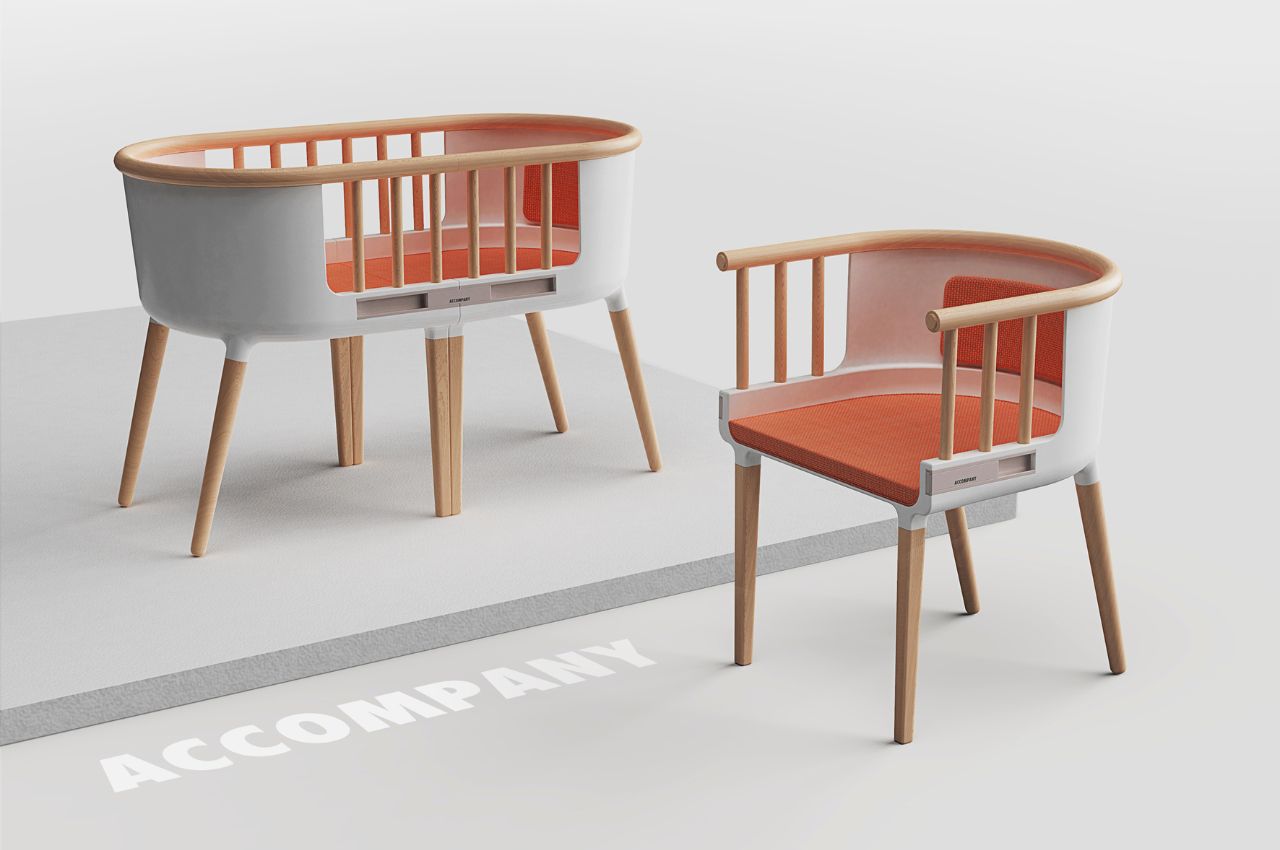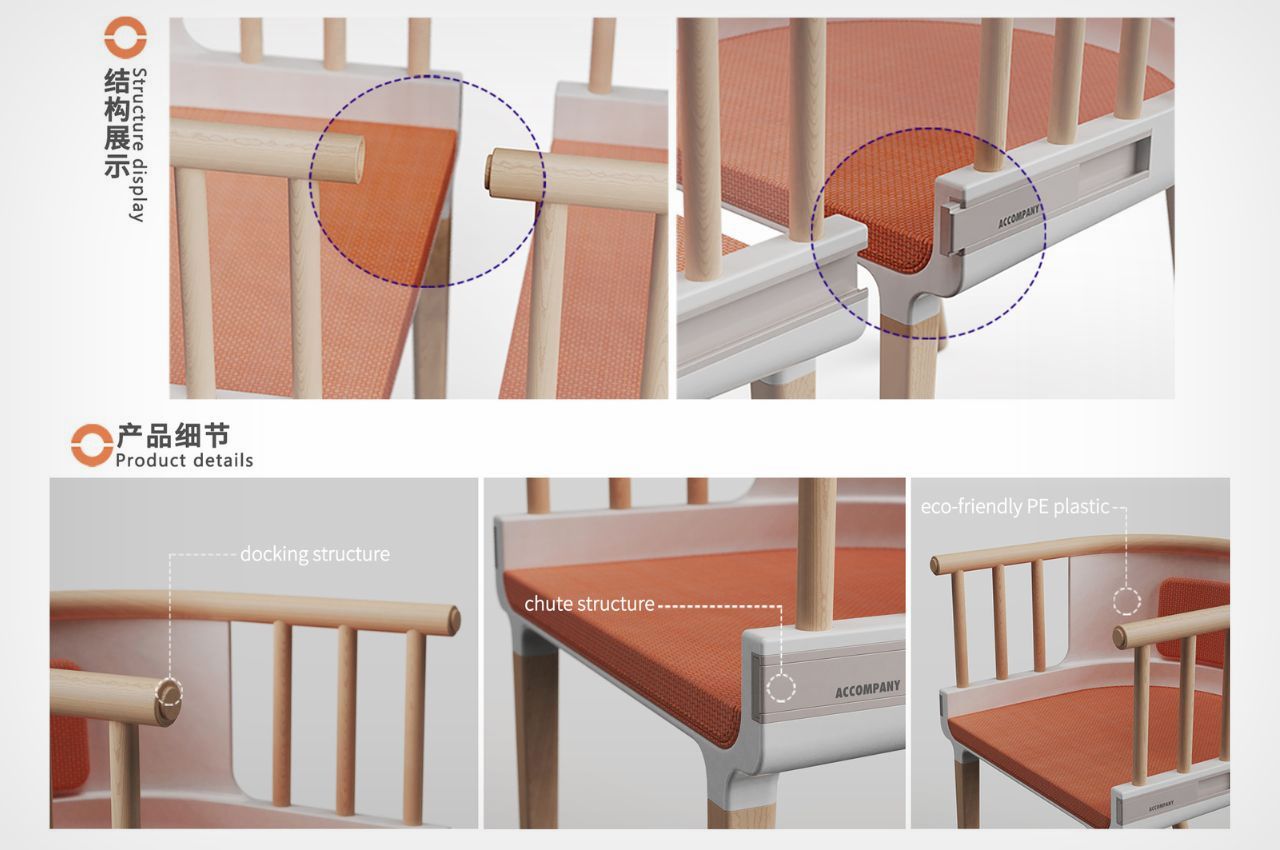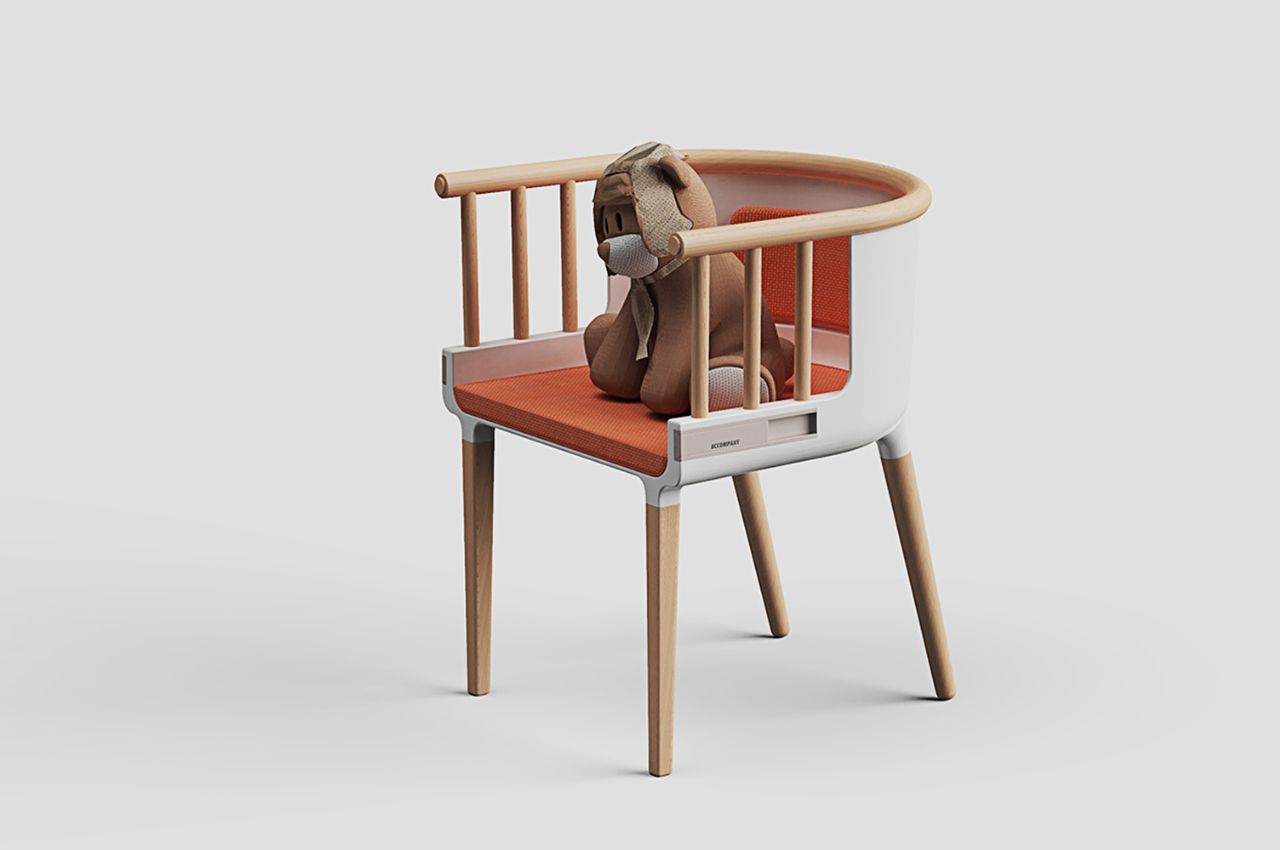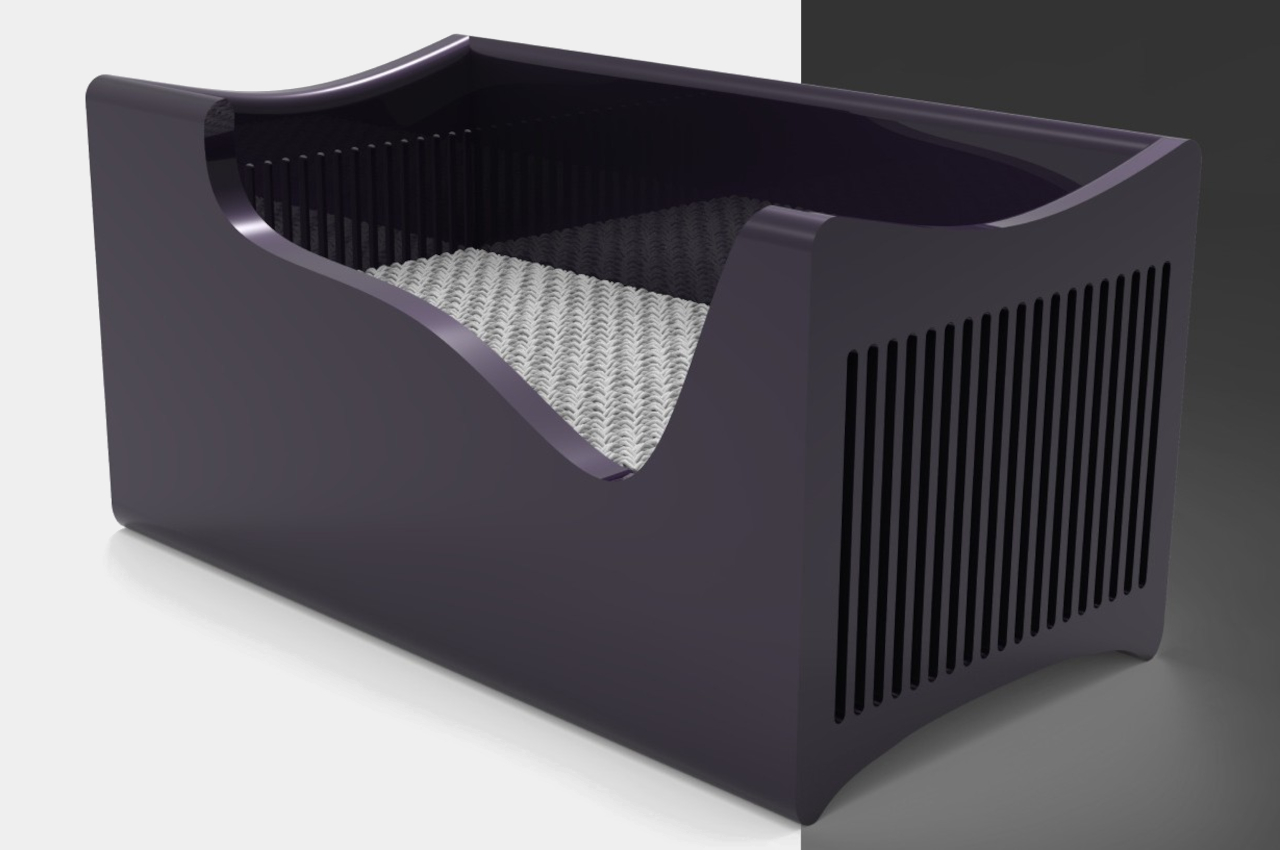
Having a baby can be a very magical moment, but even the best, most patient, and kindest parents will struggle with some of the aspects of raising an infant. They need constant monitoring, even late at night when even adults should be resting. One of the most problematic things to watch out for is when the baby wets the bed, because it can happen any time, day or night, and even when parents are not paying attention. It might already be too late when the infant cries after having spent long minutes wearing or lying on something wet, which then could bring skin complications and other problems. It’s for that reason that this crib concept was designed, offering a more efficient way to monitor the baby by employing the very same technologies used to monitor plants and their soil’s wetness.
Designers: Anuj Pate, Piyusha Naik
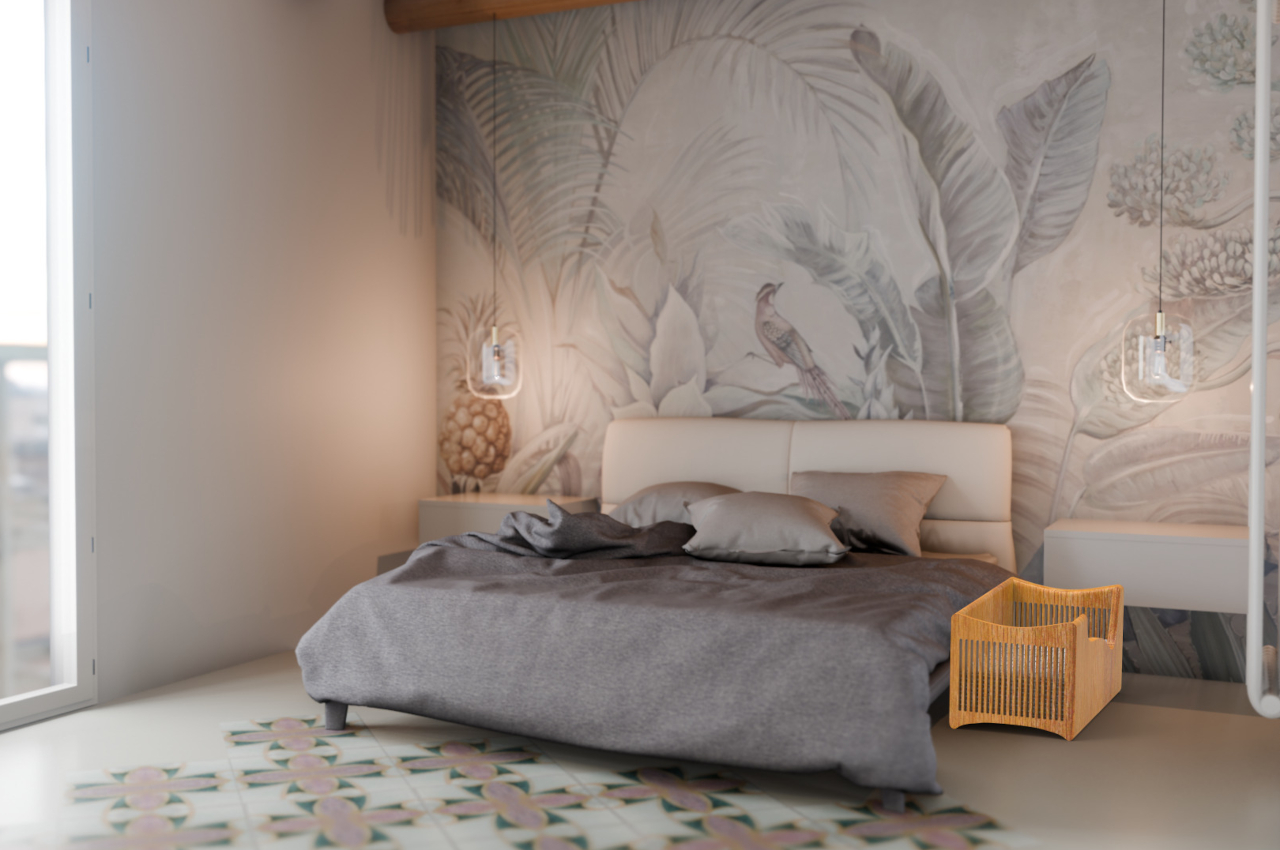
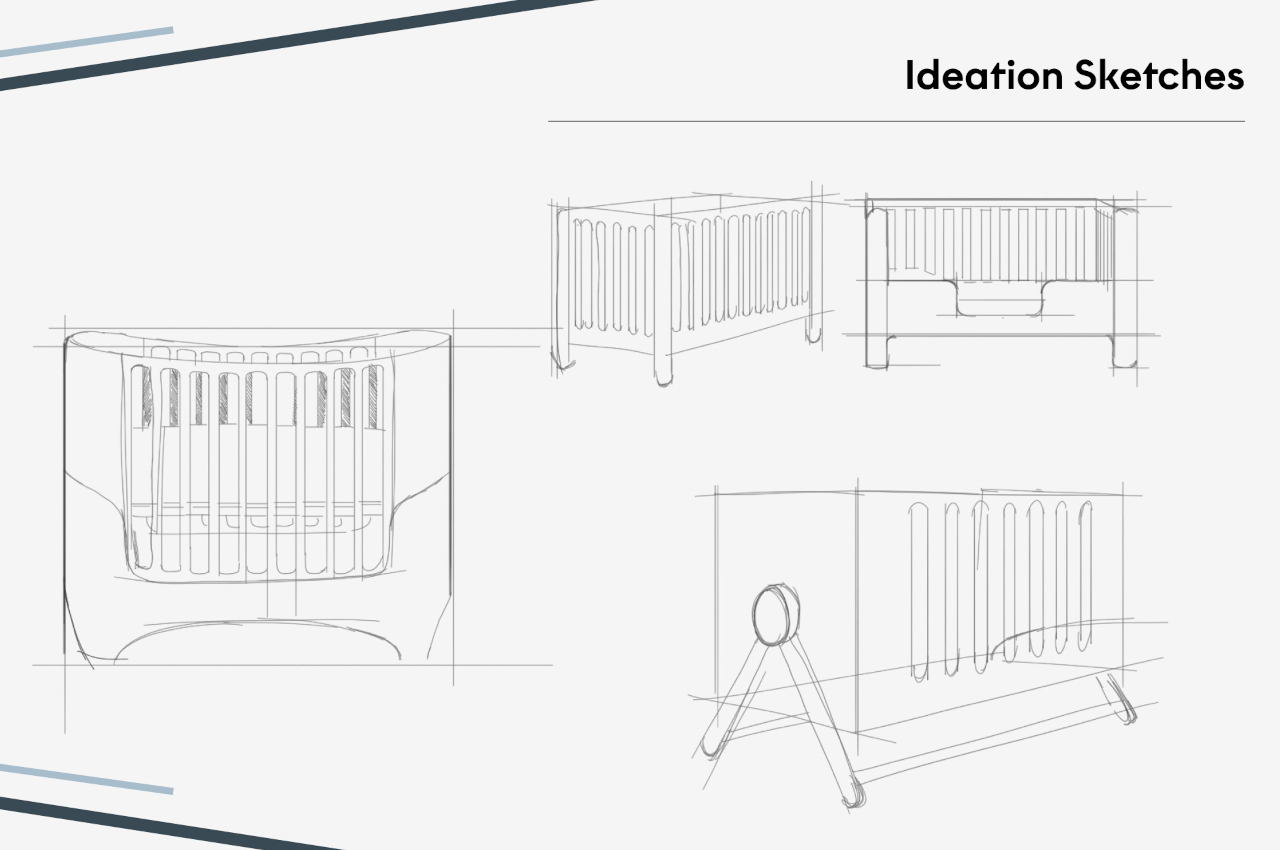
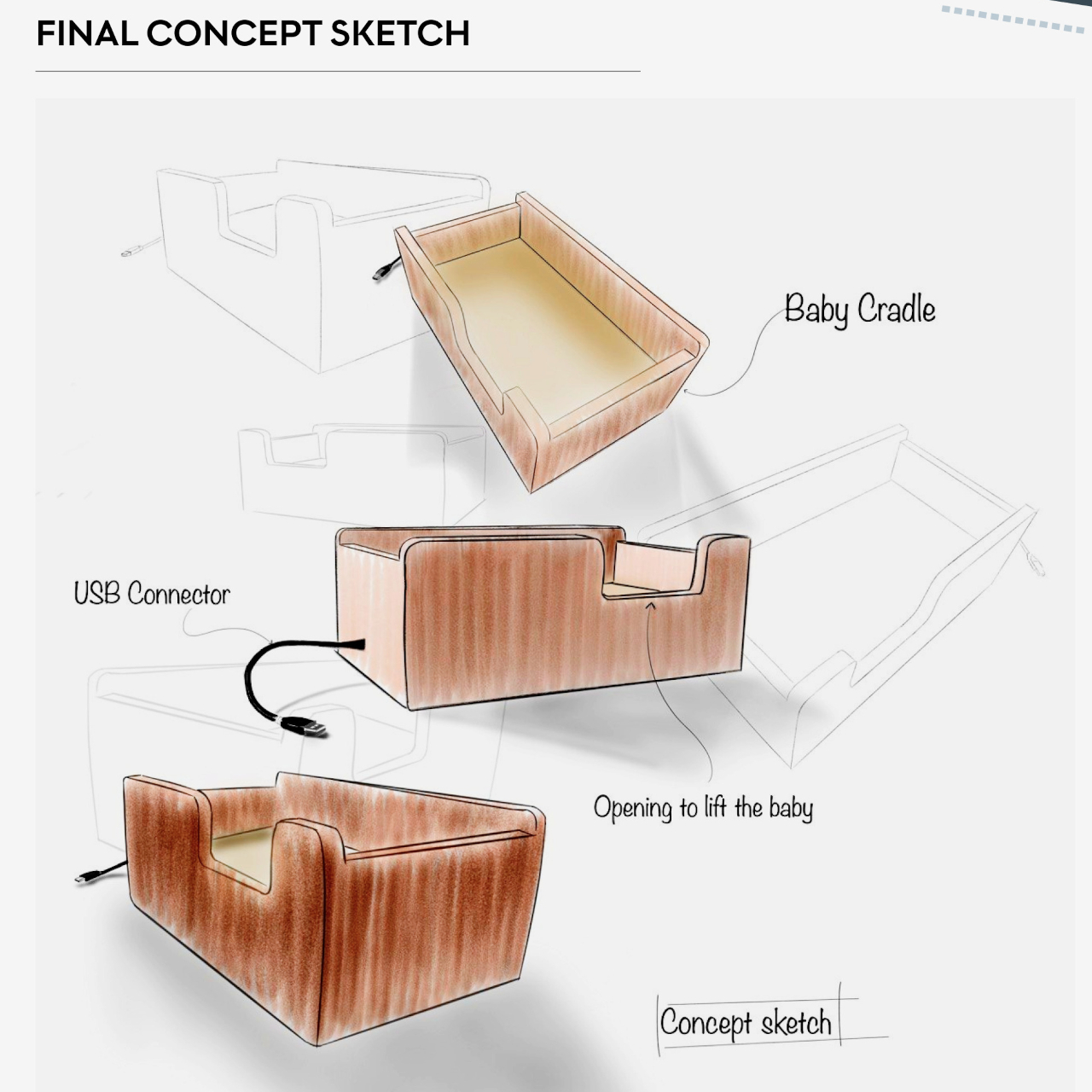
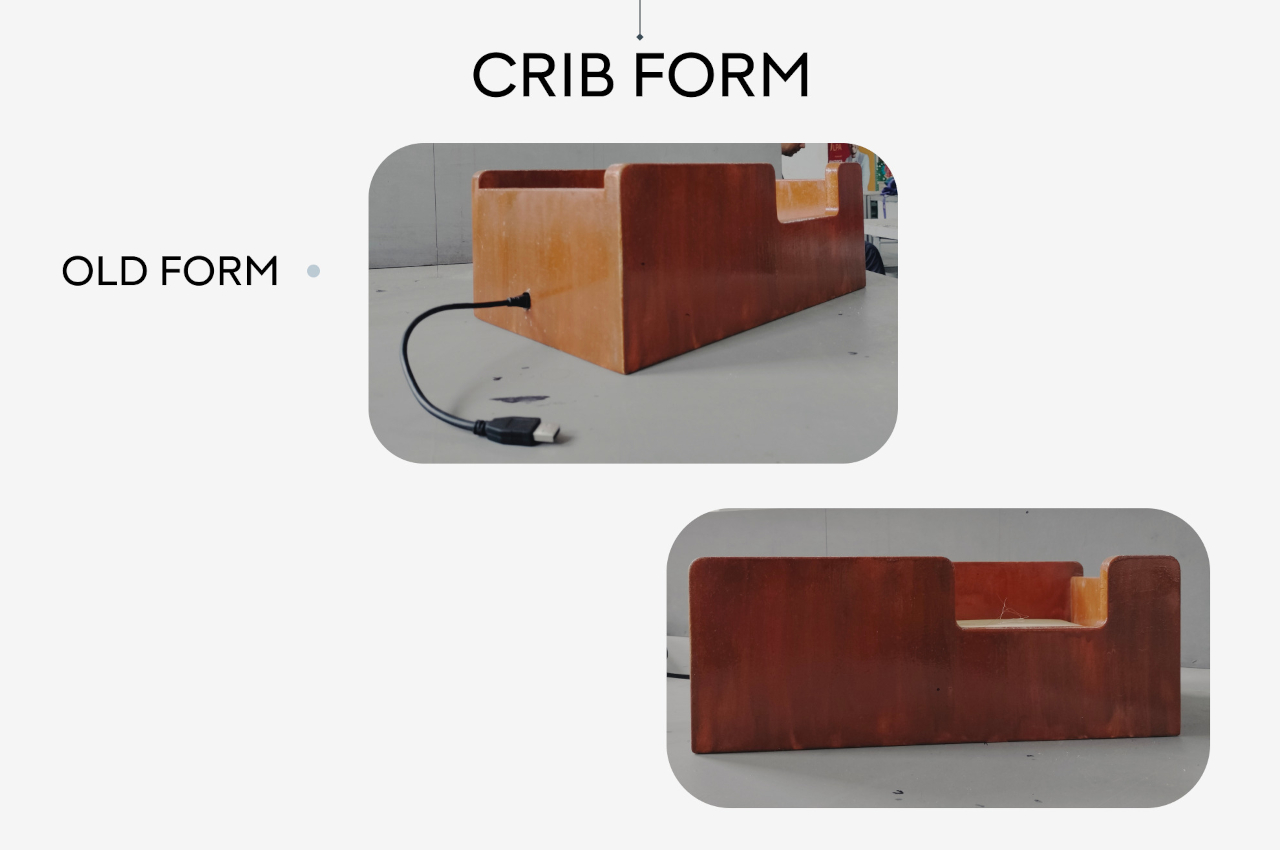
Soil moisture, or the volume of water content in the soil, isn’t exactly the same as determining when a baby wet the bed, but the technology works the same for both cases. The sensor is only able to measure water content indirectly by taking into account other factors like electrical resistance, dielectric constant, and the like. Fortunately, this is enough to also detect if the mattress of a crib is now wet, which is the critical component of the Wee Watch Crib Concept.
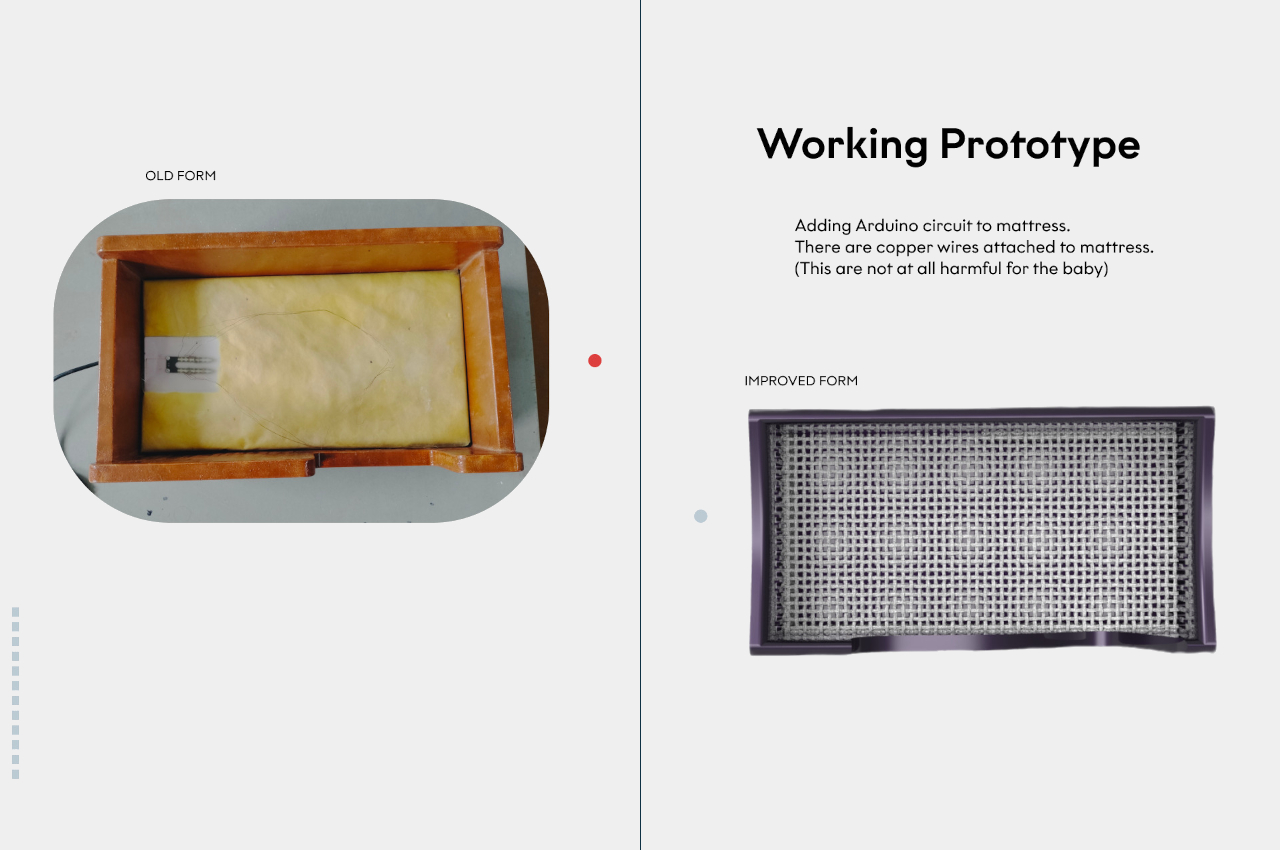
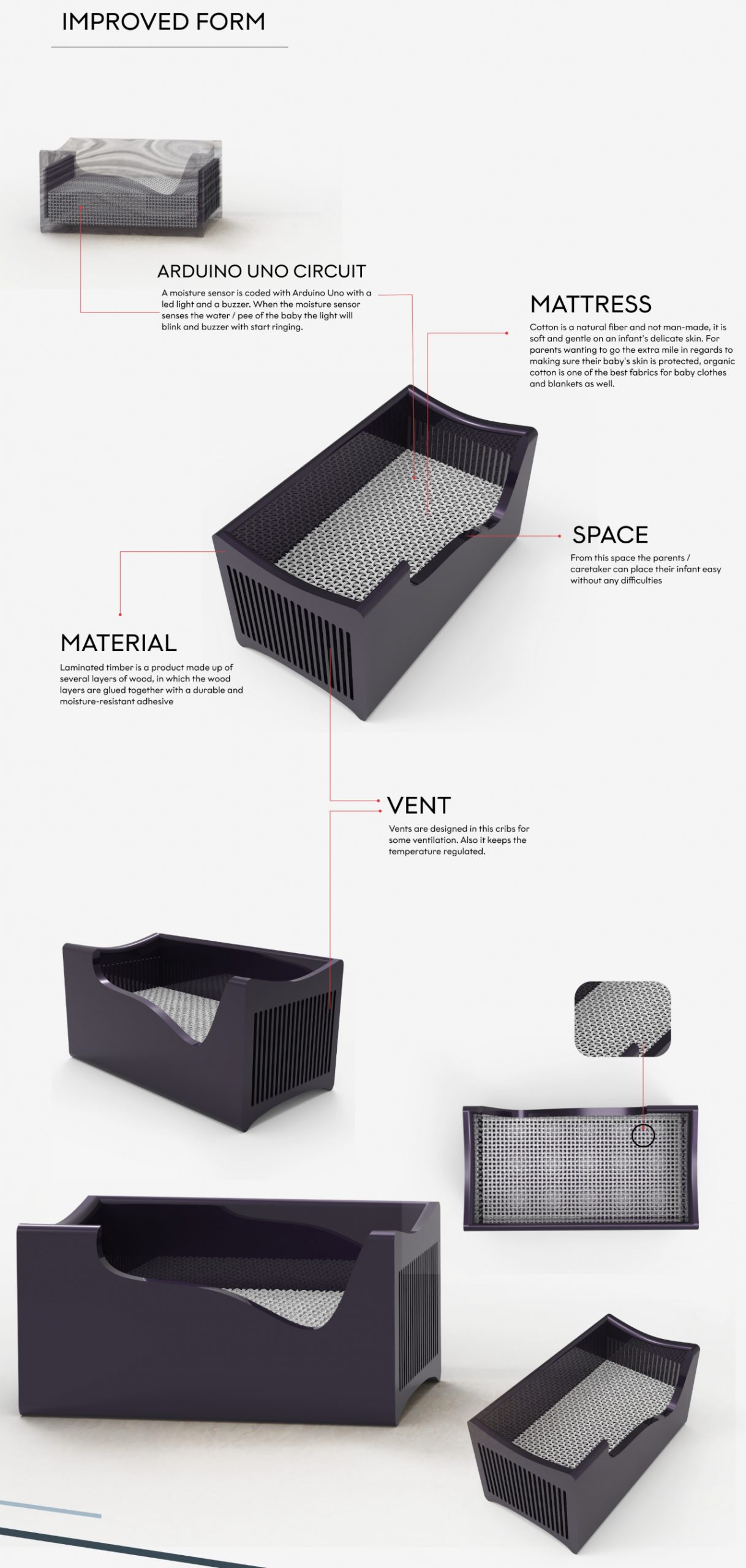
In a nutshell, the crib uses copper coils attached to the mattress to implement the moisture detection hardware, since copper is considered to be harmless for the baby in this context. The sensors can sense the wetness of the bed and immediately fire off a notification to parents or caretakers, either audibly or through a phone app. It’s a much more efficient way compared to constantly watching the baby, which is tiring, or waiting for the baby to cry, which could be too late for the infant’s comfort and health.
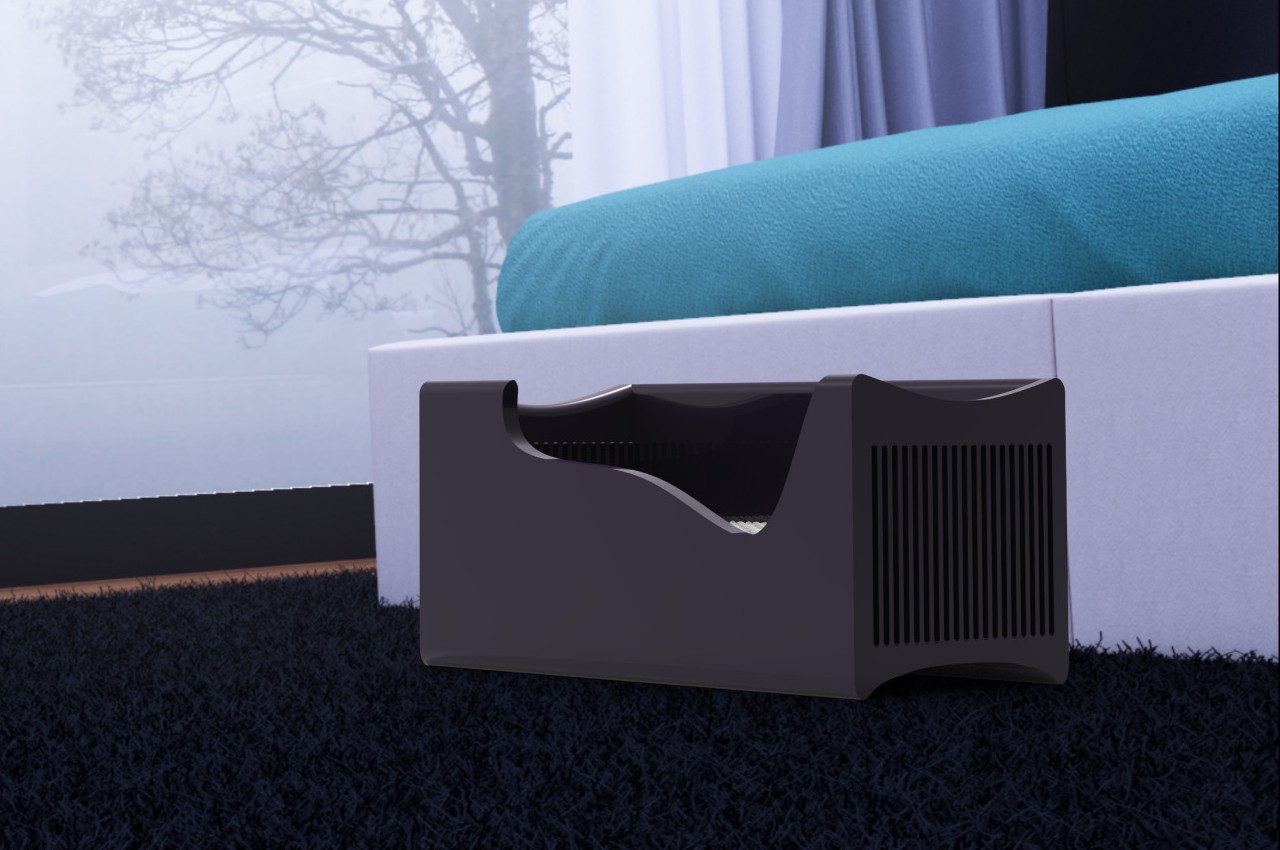
Of course, the baby crib also has to be comfortable, not just functional, and the Wee Watch design opts to use natural cotton fibers for the mattress as it is gentler on the baby’s skin. The frame is made from laminated timber that’s put together using a moisture-resistant adhesive, and there are tall vents at the bottom to facilitate airflow and regulate temperature. More importantly, the crib is also made to still be useful as the baby grows, about up to two years as long as they still comfortably fit in that space.
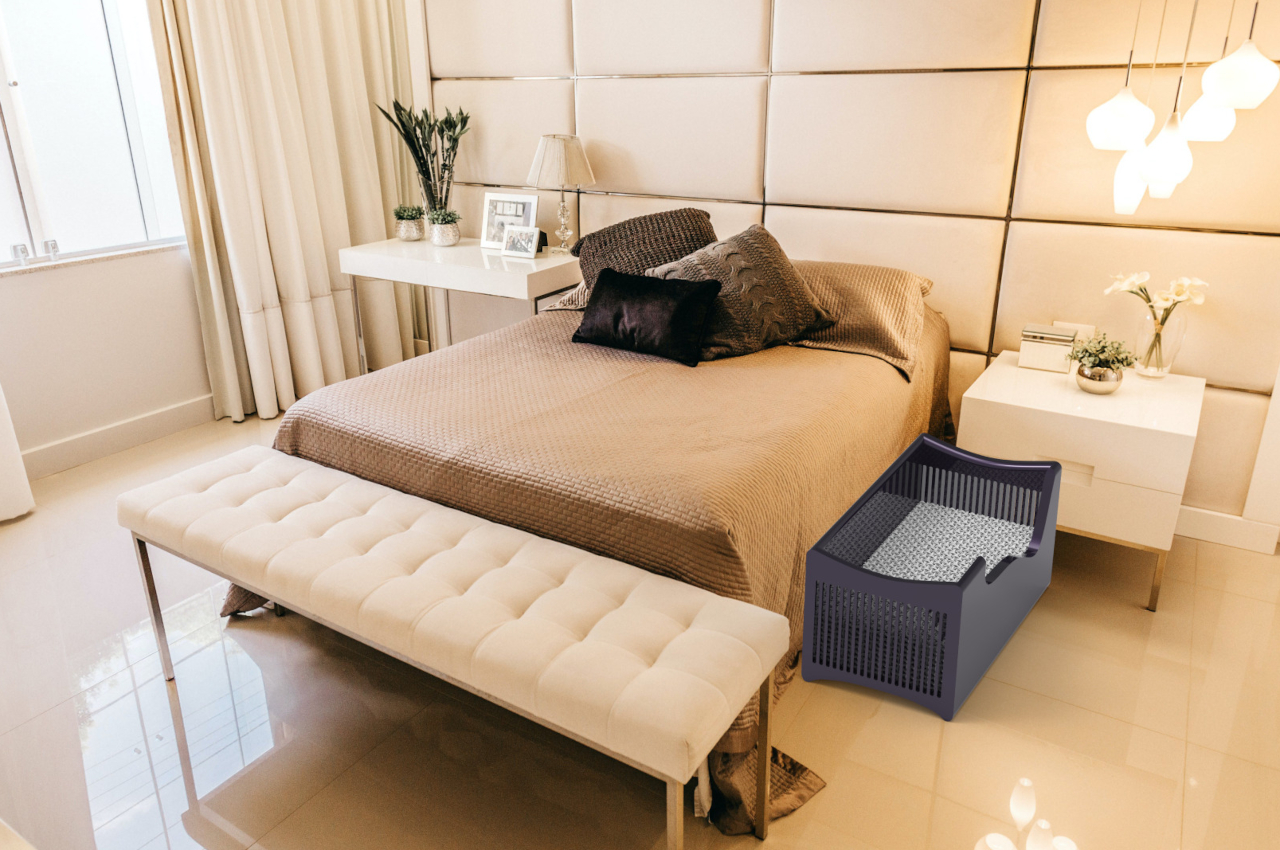
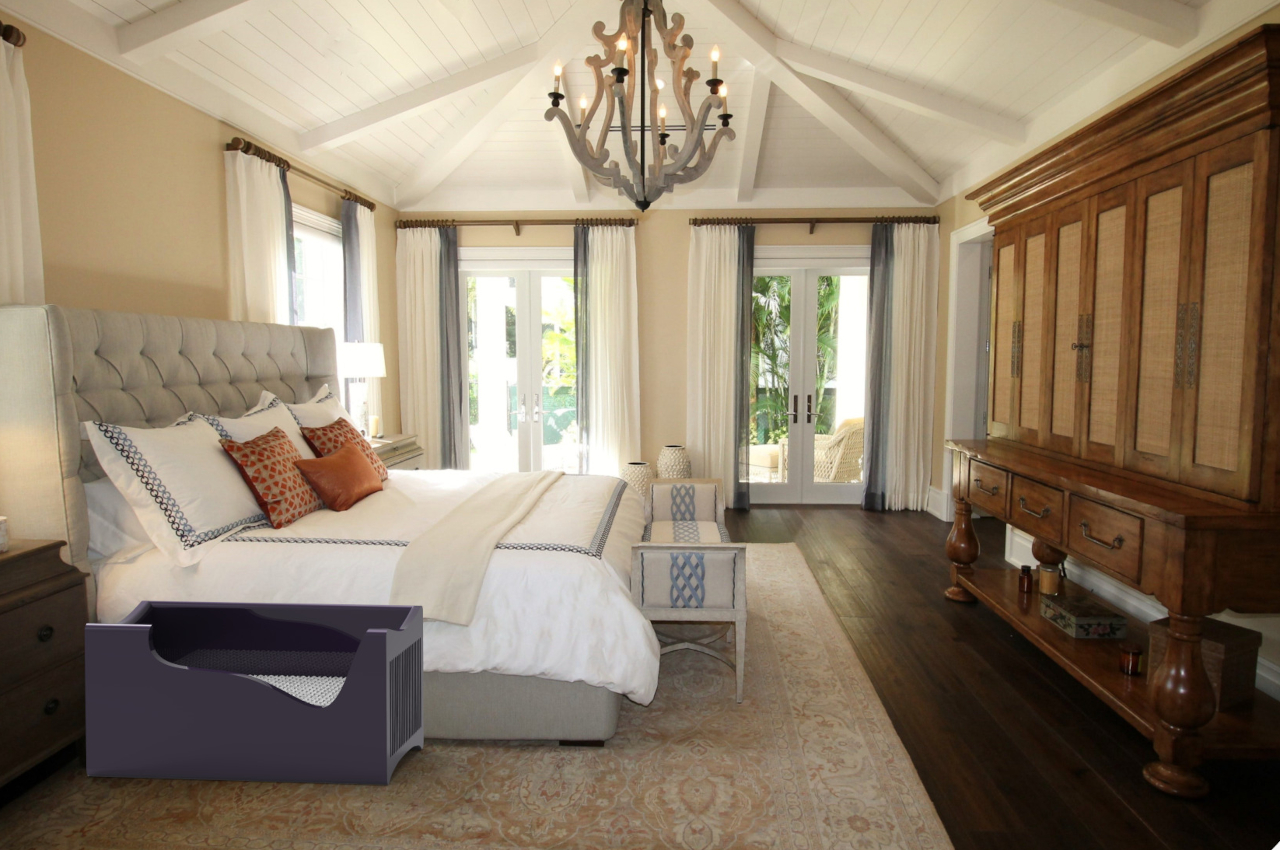
The post Smart crib concept monitors if the baby wets the bed so parents won’t have to first appeared on Yanko Design.
